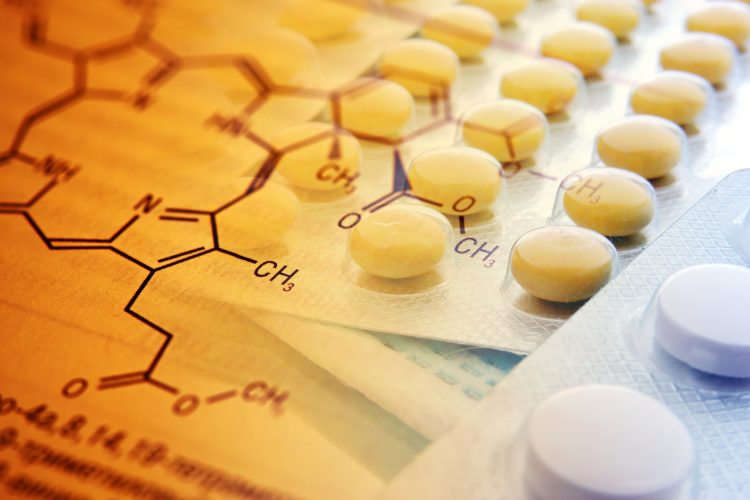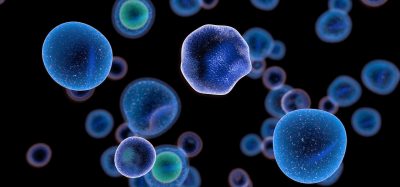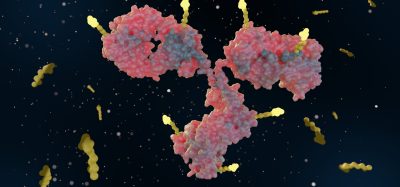How one carbon atom is changing drug development
Posted: 12 June 2025 | Drug Target Review | No comments yet
Researchers at the University of Oklahoma have found a way to improve drugs by adding just one carbon atom. This simple change could speed up drug discovery and lower costs.


A team of researchers at the University of Oklahoma (OU) have introduced a new way to improve drug molecules by inserting a single carbon atom. The method is simple, safe and works at room temperature. It allows chemists to change a drug’s structure without damaging sensitive parts of the molecule.
The research, published in the Journal of the American Chemical Society, could make drug discovery faster and cheaper. The project was led by Professor Indrajeet Sharma, whose team focused on nitrogen heterocycles – ring-shaped structures commonly found in many modern medicines.
“By selectively adding one carbon atom to these existing drug heterocycles in the later stages of development, we can change the molecule’s biological and pharmacological properties without changing its functionalities,” said Sharma. “This could open uncharted regions of chemical space in drug discovery.”
Automation now plays a central role in discovery. From self-driving laboratories to real-time bioprocessing
This report explores how data-driven systems improve reproducibility, speed decisions and make scale achievable across research and development.
Inside the report:
- Advance discovery through miniaturised, high-throughput and animal-free systems
- Integrate AI, robotics and analytics to speed decision-making
- Streamline cell therapy and bioprocess QC for scale and compliance
- And more!
This report unlocks perspectives that show how automation is changing the scale and quality of discovery. The result is faster insight, stronger data and better science – access your free copy today
New chemistry for safer drug development
“The cost of many drugs depends on the number of steps involved in making them, and drug companies are interested in finding ways to reduce these steps. Adding a carbon atom in the late stages of development can make new drugs cheaper. It’s like renovating a building rather than building it from scratch,” Sharma explained.
“By making these drugs easier to produce at large scale, we could reduce the cost of healthcare for populations around the world.”
The full study was published in the Journal of the American Chemical Society.
Related topics
DNA, Drug Discovery, Drug Discovery Processes, Medicinal Chemistry, Molecular Targets, Research & Development, Screening, Small molecule, Target Validation, Translational Science
Related organisations
University of Oklahoma
Related people
Professor Indrajeet Sharma (University of Oklahoma)








